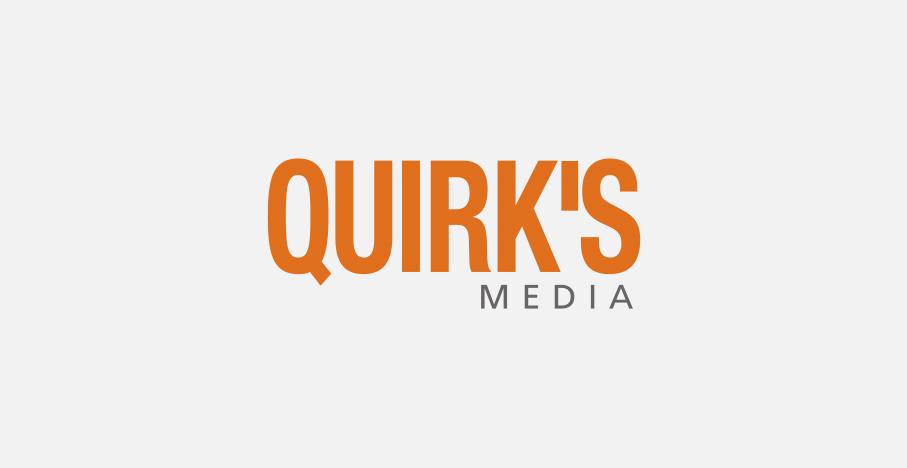Editor’s note: Tom De Ruyck is head of research communities, and Niels Schillewaert is managing partner USA, at InSites Consulting.
Co-creation and crowdsourcing are high on the agenda of the majority of today’s marketers. Among market researchers, using co-creative approaches for qualitative research is also on the rise.
For researchers it offers an opportunity to experiment with a new way of connecting and interacting with consumers. There is nothing wrong with experimenting but in most cases these efforts don’t go any further than that. There is no long-term vision, no intention to collaborate with the customer in a more structural way.
We believe that dabbling in co-creation with consumers is not enough. Every company should try to get the consumer on-board – every single day and for almost all decisions that need to be taken.
As a benefit of this intense collaboration between your company and the market, such as through the use of market research online communities (MROCs), decisions will no longer be imposed from above. And when the majority of your decisions are taken in this manner, following consultation with the market, you can really speak of “structural collaboration.” The consumer is truly represented in the boardroom. His voice can be heard in every part of your company, a voice that is every bit as loud as the voice of management and staff. You may even want to consider actually appointing a consumer as an honorary member of your board.
The objectives of structural collaboration
Companies who are working on structural collaboration with their customers should have clear objectives in mind with this approach:
Create better products, improve customer service and communicate in a more impactful way. These are by far the most important objectives for large brands when collaborating with consumers. By succeeding here, the overall performance of the organization will improve.
Become more agile. By involving customers in every phase of a decision-making chain, things move faster. Companies can make better decisions faster and have a better feel for what will be needed to be successful in the future – a big plus in today’s fast-moving world.
Add consumer-feeling to gut-feeling. A lot of managers rely on their gut-feeling, which is wonderful. Structural collaboration should add “consumer-feeling” to the equation. By collaborating often, managers can put on the consumer hat during meetings and think like the customer, which in turn helps make decisions more consumer-relevant.
Marketing and PR. Companies who listen and involve consumers in decision-making are popular. Tell your customers that you make decisions based on consulting other customers and they will like you more. Using internal collaboration platforms to inform external communication can impact the overall perception. This is not the main goal but a very welcome indirect effect.
Most co-creation projects for research or marketing purposes focus on the first or last point, respectively. Through structural collaboration with consumers via a market research online community you can focus on all four, achieving maximum impact by communicating results of a project internally and externally.
Managers show more interest in a project or approach that gets external credits than in a project with a sole internal focus. In other words, make sure your structural collaboration is not only taking place behind the scenes of your organization. Sharing your collaboration with the whole organization and the rest of the world has a number of advantages. In addition to an increase in motivation of your management, it will also increase the motivation of the participants of your communities. Research has shown that consumers have a higher trust level toward and a better perception of brands that co-create. So, there is also a commercial benefit to leveraging your efforts externally.
Internal communication is not enough
There are a few communication tactics you can apply to increase the internal and external impact of your collaboration process:
Meet with participants. Collaboration occurs on a digital platform but it is an interaction between people. To increase the interaction and the emotional bonding, make sure your employees meet up with these people in the real world as well. Show them around in your company, tell them your challenges and treat them like part-time employees.
Go for tangible results. If you work together with your consumers on a structural level, make sure you have concrete deliverables. These results (e.g., new products, insights, advertising, packaging) should be shared with the world to make the collaboration more visible for the market and for the manager involved.
Bite-size, creative reporting. Share the results of your collaboration in a short, compelling and creative way with your employees. Make sure it is easy to digest and to share.
Apply content-marketing techniques. Talk about your collaboration frequently. Use three levels of content: big campaigns (when you have BIG news like the launch of an initiative or showing the end result); content projects (a theme that you talk about for a few days/weeks); and content updates (small, daily updates with relevant information).
If you work to achieve these objectives, you will truly maximize the potential of your MROC!
